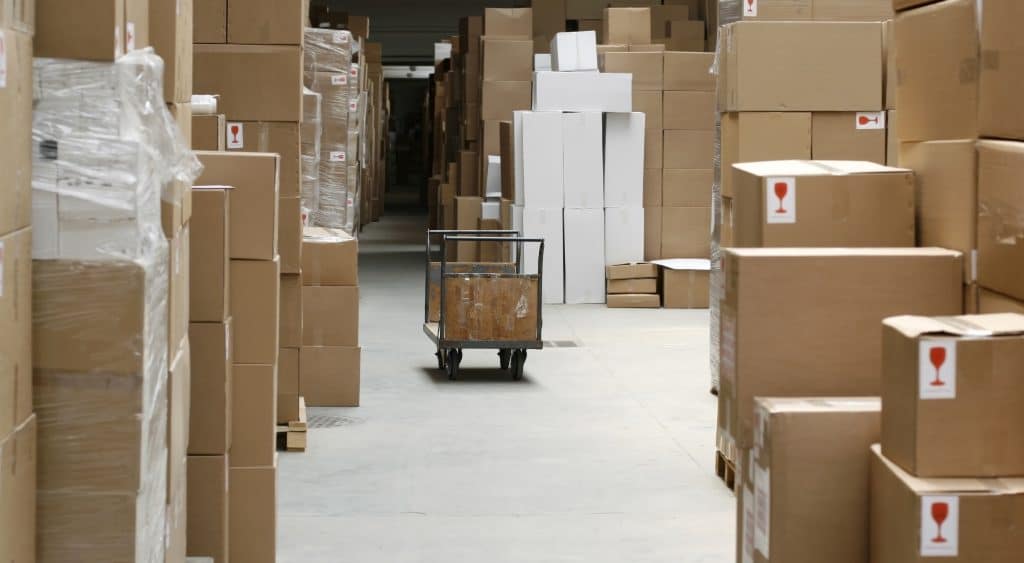From Slow to Agile: Revitalizing Your Warehouse Management
From Slow to Agile: Revitalizing Your Warehouse Management System
Warehousing and storage practices can make or break a company’s success and profitability, especially for those with large inventories. But unfortunately, many small and medium-sized businesses struggle with ineffective techniques. Let’s take a closer look at why this happens, the consequences, and possible solutions.
What are the Common Causes of Warehousing and Storage Malpractice ?
One of the main causes of inefficient storage and warehousing practices is a lack of organization and planning. When inventory management procedures, storage systems, and warehouse layouts aren’t properly planned and organized, it can lead to inefficiencies and make it difficult to locate and retrieve inventory goods.
Another culprit is ineffective technology use. Many companies still rely on manual procedures or outdated systems that can be time-consuming and error-prone in their warehouse and storage practices. This can lead to wasted time and resources, as well as increased costs.
Inadequate employee training is also a common issue. If employees aren’t given proper instruction in warehouse best practices, it could lead to improper handling of inventory items, disarray, and a higher chance of mistakes or product damage.
Lastly, limited resources can be a challenge for SMEs. Tight budgets and scarce resources can make it challenging to invest in cutting-edge warehouse machinery, technology, or extra storage space.

Consequences of Inefficient Warehousing and Storage Practices
First off, you’re gonna see some increased costs. When you’re dealing with manual processes and constantly fixing errors, you’re gonna end up with higher inventory carrying costs, wasted warehouse space, and more expensive labor costs. Nobody wants that.
But it’s not just about the money. Poor storage techniques can also lead to decreased operational efficiency. Slow inventory turnover, extended order processing times, and delays in order fulfillment can really mess things up for your whole operation.
And let’s not forget about product damage and obsolescence. If you’re not rotating your stock correctly or storing things inappropriately, you’re putting your inventory at risk for damage or even becoming obsolete. Yikes.
But the worst consequence of all? Low customer satisfaction. Ineffective storage and warehousing procedures can lead to order mistakes, delays, and stockouts, which can leave your customers unhappy and damage your company’s reputation. And nobody wants that, right?
So, take it from me, it’s important to have efficient and effective warehousing and storage practices in place. Trust me, it’ll save you a lot of headaches (and money) in the long run.
Solutions for Improving Storage and Warehousing Practices
Optimize warehouse layout and organization to maximize space usage, enhance inventory accessibility, and increase product flow. It’s important to plan and organize your warehouse layout to maximize space usage, enhance inventory accessibility, and increase product flow. This could mean installing racking systems, designating specific storage spaces for different types of merchandise, and utilizing vertical space efficiently.
Consider using a warehouse management system (WMS). A WMS can automate and improve your warehousing and storage procedures, offering real-time inventory monitoring, swift order processing, and improved reporting features. This can decrease errors, increase overall effectiveness, and minimize time and labor expenses.
Don’t forget to train your personnel in best practices for warehousing. Proper training can help lower errors, enhance inventory handling, and foster a more orderly and effective warehouse environment.
If you’re looking to increase the speed, accuracy, and efficiency of your warehouse and storage processes, consider leveraging technology and automation solutions like barcode scanners, RFID systems, or automated storage and retrieval systems (AS/RS).
If you’re a small or medium-sized business with limited financial resources, consider working with a third-party logistics (3PL) provider. They can provide access to advanced warehousing technology, knowledge, and extra storage space when needed without requiring a sizable upfront investment.
How can ALIX help you?
With it, inventory can be tracked in real time, and various performance indicators can be consulted. The biggest advantage of entrusting inventory management to ALIX, in my opinion, is its planning module. This module enables you to obtain stock and sales forecasts, as well as supply recommendations. This is invaluable information that you can use to easily plan your production and purchasing.
To find out more, take a look at ALIX functionalities.
So there you have it!
By implementing these solutions, you can improve your storage and warehousing practices and take your business to the next level.



